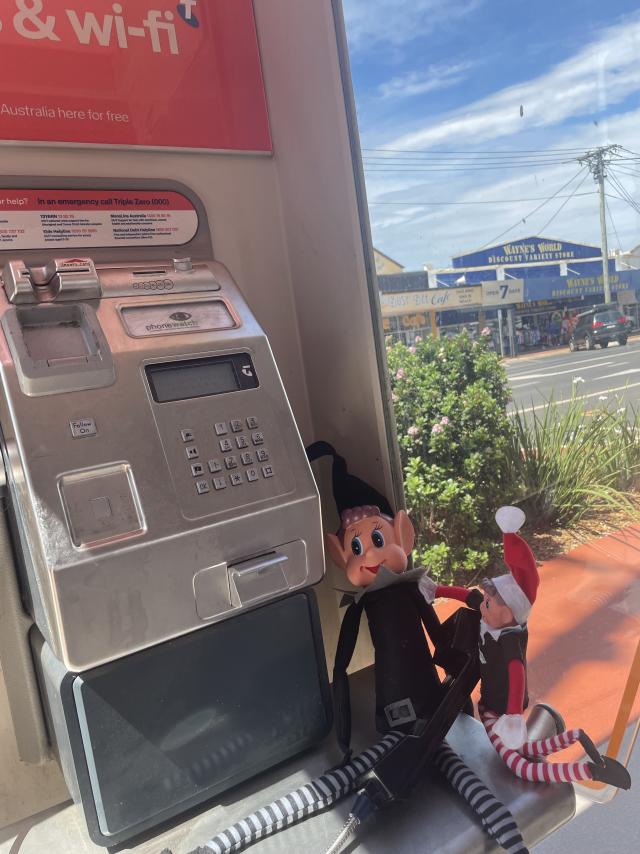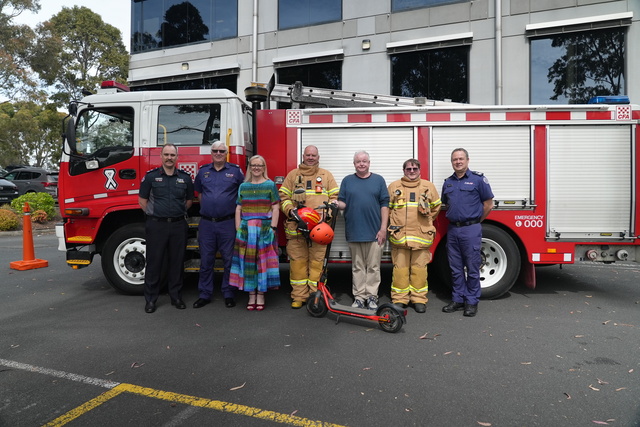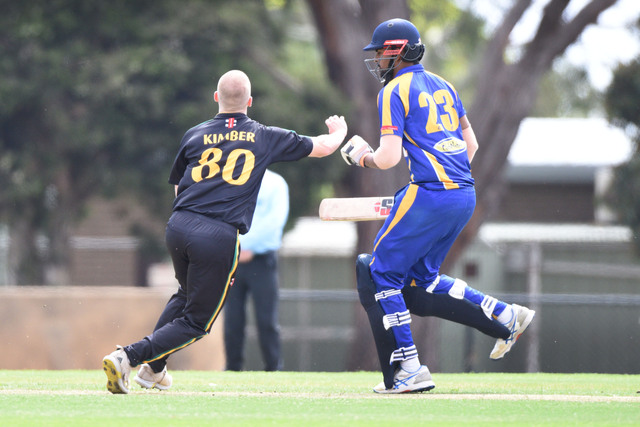By BRIDGET SCOTT
NO KNOWN grave – a distressing term used to describe the hundreds of soldiers who fought for their country, yet never came home.
As if families didn’t suffer enough over the loss of their loved ones, how did they cope when their bodies were never returned home?
Rupert Bethune, a Cranbourne State School student, was one of these soldiers to be left behind on the battlefields, never forgotten by his mother Anne Meade when he was killed at only 27 years of age.
A private in the 21st Battalion, 8th Reinforcements, when he first enlisted, Rupert died as a lance-corporal serving in the 59th battalion on 19 July 1916. He remains buried in France along with around 3000 other Australian soldiers who were killed on the Western Front during the battle of Fromelles.
The 60th Battalion was almost totally wiped out and the 59th nearly suffered the same fate.
The morning after the disaster of Fromelles, the Western Front has been described as “looking like a butcher shop.”
Thomas Clair Whiteside, a Beaconsfield orchardist, a fellow solider of Rupert’s was also in the 59th Battalion.
He sent letters to home from the battlegrounds which were published by his daughter in the volume ‘A Valley in France.’
Tom was wounded in the head when he was sent to Fromelles shortly after his training was complete in Egypt.
He wrote about his experiences from a hospital bed on 28 July, just a week after when he was still on the danger list.
It read: “The first lines fare the best – for the terrible machine-gun is deadly once he sees the game is properly on. It looked like putting up cardboard nine-pins in a hurricane – only it was human beings who were facing up to it.”
“Often wonder what happened to many a chap I passed lying helpless in the grass. For my part I was stronger and had all my wits about me and it was only through acting on every inspiration that, with God’s help, I got out of it.”







